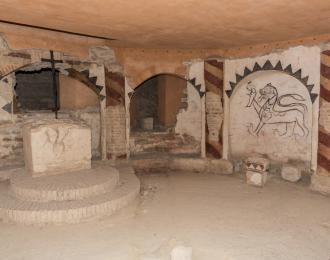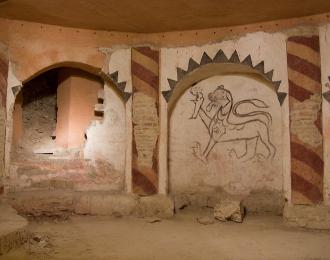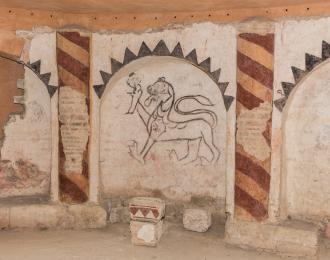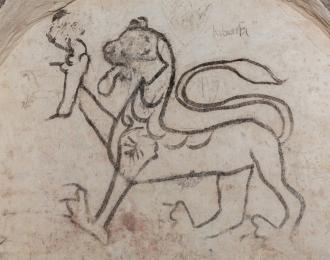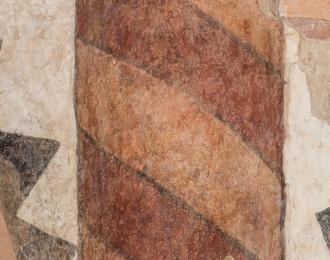Crypt
San Pietro Museum Complex
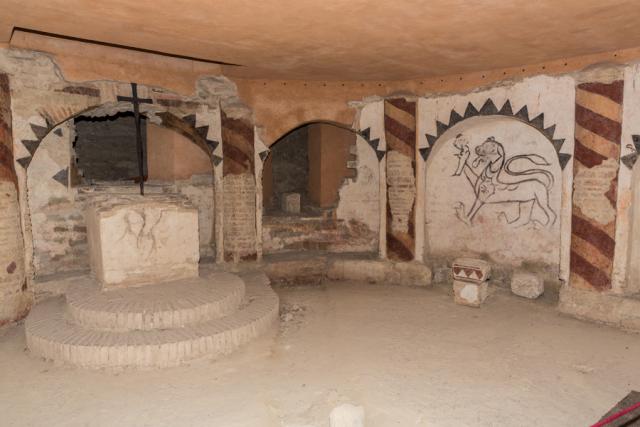
The crypt provides invaluable evidence of the early Medieval origins of the San Pietro cathedral and is composed of a semi-circular exedra featuring a row of by seven blind round arches. In the places where the wall niches have broken down, a covered walkway with niches along it can be glimpsed: This structure, dating from the era of the Emperor Otto, recalls the central plan of Christian mausoleums and in particular Constantinian Martyrium shrines.
Gregory the Great recalls that the first burial of Sant’Ercolano (Saint Herculanus), after his martyrdom in 550 ca., was in San Pietro. The crypt was used not only as a sepulchre but also for other liturgical functions. Over the years to the 12th century the crypt’s original role gradually diminished as the result of numerous restructurings. The nave was decorated with murals featuring geometric designs, animals and monsters. Of particular interest is a concisely drawn lion, which conveys great expressive energy and a 13th century crucifix with crucifixion iconography painted by Giunta Pisano.
